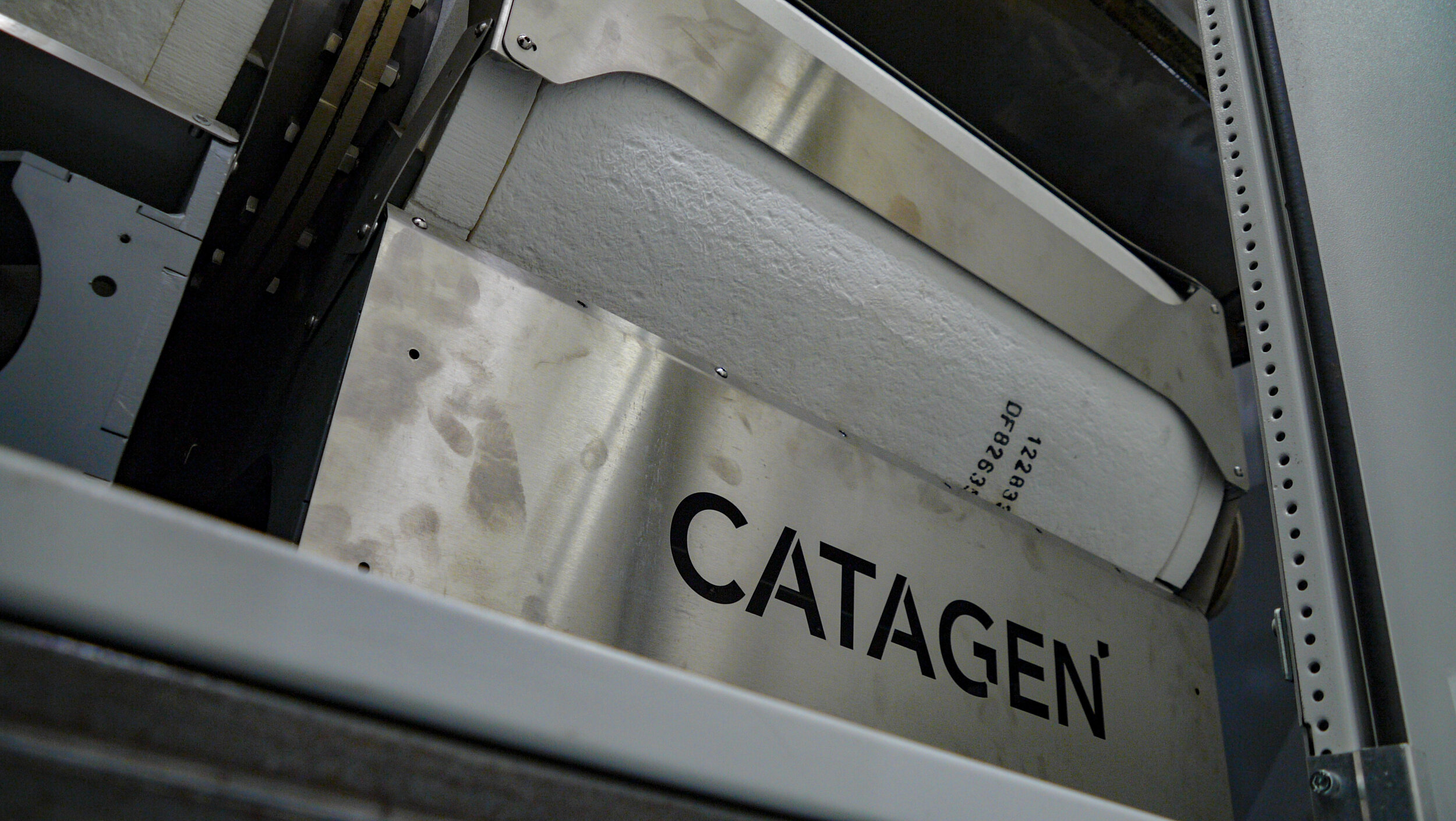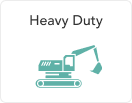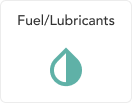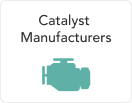NO – AND HERE’S WHY…….
Are the days of cruising down the road with the wind in your face and the roar of the engine in your ears numbered? I don’t think so…..
The major tectonic plates of the Paris Climate Accord, Electrification of mobility and Coronavirus has led to disruptive market conditions for all to navigate through. On one hand, the pandemic has led to boosted sales in personal mobility of which Motorcycle Developers will likely benefit. On the other hand, the pressures of new and ever more stringent emissions legislation coupled with rocketing prices of raw materials due to demands elsewhere leaves a big nut to be cracked.
It is well known that developers operate in a very competitive environment and margins are always squeezed in order to get the edge on rivals. With a double whammy of new emissions legislation and unstable raw material (catalyst) costs for emissions control devices, (namely catalytic converters); Motorcycle Developers are left wondering,…… How do we still meet emissions targets without negatively impacting our business?
Let’s take a look at the componentry costs within a new motorcycle designed to meet new regulations. Up to 20% of that cost could be in the emissions control device (based on commodity prices at time of writing). There are a lot of internal discussions along the lines of:
-
‘We need the catalyst, if we can’t meet the emissions targets, we can’t sell the motorcycle.’
-
‘We need to get the other component costs down.’
-
‘We need to see if the market can support a higher price point.’
-
‘The higher price point will hurt sales volumes and turnover.’
-
‘We are new to catalysts; we are not fully sure how to develop the motorcycle with it included.’
-
‘This catalyst is going to make the bike ugly – how do we package it?’
It is a perpetuating cycle that needs to be broken.
There are a few solutions.
The Motorcycle developer could:
-
Increase the bike price by 20%? Would your customers be ok with that? World economies are shrinking and do target consumers have less to spend?
-
Could you reduce costs across the organisation? Become more lean? But this might impact jobs?
-
Could you make reductions in the spec of the component parts of the bike? Would your customers notice a reduction in quality?
All of these solutions have negative connotations and implications.
What if I could rely on something that has always seen me through difficulties in the past?
That something is Precision Engineering.
What if I had a Development Partner who could help me reduce the cost of the catalytic convertor – circa 20% of the total cost of the bike (at time of writing).
Is that even possible? What would I need to do that?
1. Deep Domain Knowledge – I need to make a data-driven decision on how to reduce that cost
2. Unique Toolset – I need to become equipped with the right tools to do that
3. A trusted partner – I need a partner with industry leading expertise to help me
We at CATAGEN have the proprietary physical and virtual toolset, we have the deep domain knowledge – and we know that we can help optimise the piece price cost of your catalytic convertor. That’s why we are already partners with 20 leading motorcycle and high-performance brands located all around the world.
Stay tuned for a further post where we deep dive – describing what the process looks like.
CEO
CATAGEN
More Motorcycle Content:
